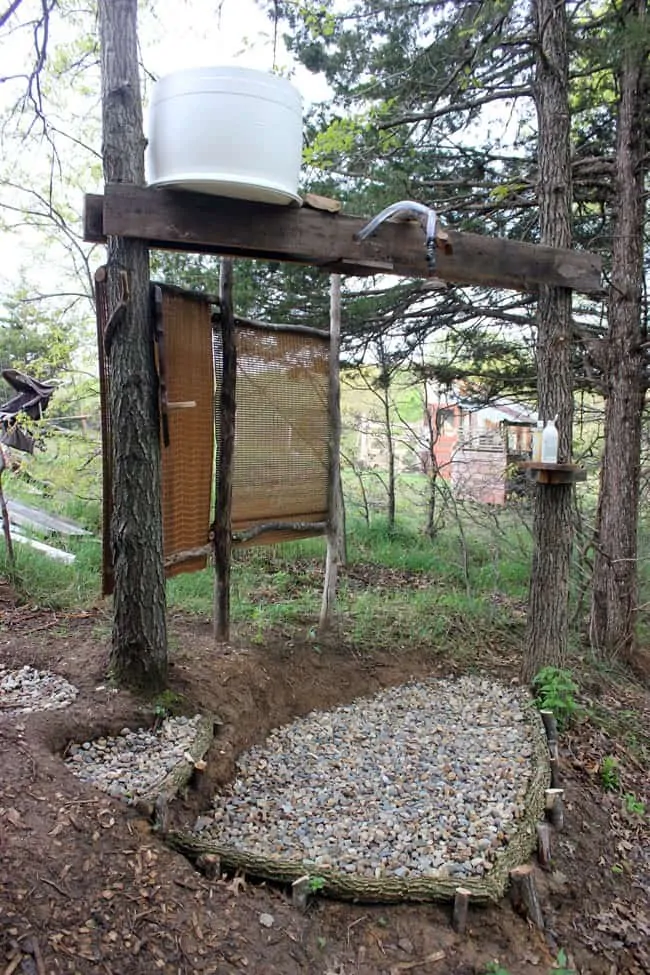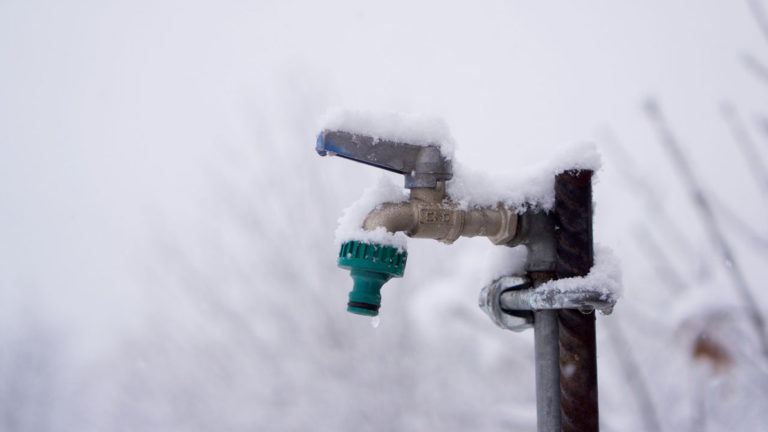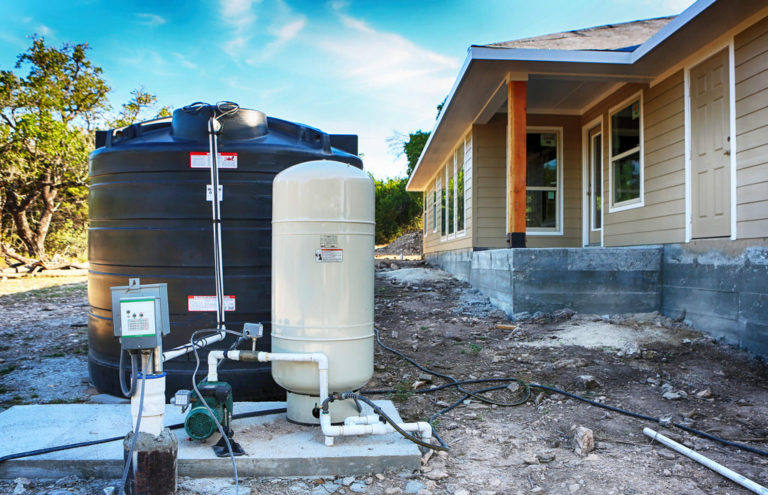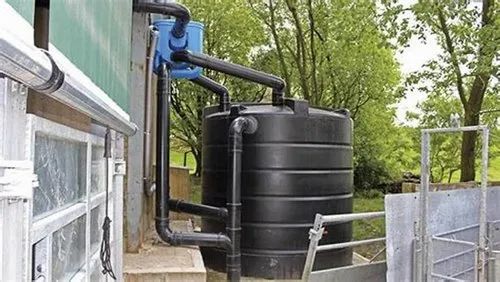Here’s your intro paragraph on Building an Outdoor Shower for Your Off-Grid Life
Are you looking to enhance your off-grid living experience with a luxurious outdoor shower?
Look no further!
Building an outdoor shower can be a fun and rewarding DIY project that adds comfort, privacy, and relaxation to your homestead or campsite.
With the right materials, tools, and know-how, you can create a dreamy showering experience amidst nature’s beauty.
From choosing the perfect spot to selecting durable materials and designing for efficient water flow, this post will guide you through every step of building an outdoor shower that fits your off-grid lifestyle perfectly.
Get ready to soak up the sun, fresh air, and freedom from the burdens of indoor plumbing!
Choose a location
Select a location for your outdoor shower that is close to your home and has access to water and electricity (if needed). Consider factors like sunlight, wind direction, and privacy.
Look for a location that receives ample sunlight and has a consistent wind direction, as this will help to maintain a comfortable temperature and provide a pleasant shower experience.
Consider factors like privacy and accessibility, as you’ll want to ensure that your outdoor shower is a comfortable and secure space for you to use.
To start, look for a flat area of your yard that is well-drained and has access to a water source.
If you have a garden hose, you can use it to supply water for your outdoor shower.
If you don’t have a hose, you may need to install a water line or use a self-contained water system.
Next, consider the wind direction and how it will affect your shower experience.
If you live in a breezy area, you may want to position your outdoor shower to take advantage of the wind.
This can help to cool you down and make your shower more refreshing.
However, if you live in an area with strong winds, you may want to construct a privacy screen or enclosure to protect your shower area from the elements.
Think about privacy when selecting your outdoor shower location.
You’ll want to choose a spot that is shielded from view and provides a sense of seclusion.
This could be as simple as planting a privacy screen or constructing a small enclosure.
Alternatively, you may choose to build a freestanding outdoor shower enclosure that provides complete privacy and protection from the elements.
Overall, the key to choosing a great location for your outdoor shower is to consider your specific needs and preferences.
Think about factors like sunlight, wind, and privacy, and choose a location that checks all of these boxes.
By doing so, you can create a relaxing and enjoyable outdoor shower experience that you’ll look forward to every day.
Design your shower
Determine the size and shape of your shower based on your needs and available space. You can choose from a variety of designs, such as a basic shower stall, a tropical-inspired palapa, or a more elaborate pergola-style shower.
Designing your shower is a important aspect of creating a functional and enjoyable bathroom space.
The size and shape of your shower should be based on your specific needs and the available space in your bathroom.
To begin, consider the number of people who will be using the shower and how often it will be used.
This will help you determine the appropriate size of your shower.
Consider the shape of your shower, as it can greatly impact the functionality of the space.
For example, a basic shower stall is a practical choice for small bathrooms, while a tropical-inspired palapa can add a touch of elegance and style to a larger bathroom.
On the other hand, a more elaborate pergola-style shower can be a stunning centerpiece for a spa-like bathroom.
When selecting the design of your shower, it’s important to also consider the materials and features that will be included.
For instance, you may want to choose a shower with a rainfall showerhead, a bench or seat, or even a built-in shelf for storing bath products.
By carefully considering your needs and the available space, you can design a shower that is both practical and stylish.
Select materials
Use materials that are durable, water-resistant, and easy to clean. Consider using recycled or sustainably sourced materials whenever possible.
When selecting materials for your outdoor furniture, it’s essential to choose ones that are durable, water-resistant, and easy to clean.
This will ensure that your furniture can withstand the elements and continue to look great for years to come.
Look for materials like recycled plastic, which are both durable and eco-friendly.
Recycled plastic can be molded into a variety of shapes and colors, making it a versatile option for outdoor furniture.
Consider using sustainably sourced materials like bamboo or cedar, which are naturally resistant to rot and insect damage.
These materials can also be treated with waterproof finishes to further protect them from the elements.
By selecting durable, water-resistant, and easy-to-clean materials, you can ensure that your outdoor furniture will endure for many seasons to come.
Plan for drainage
Make sure that your outdoor shower has proper drainage to prevent standing water and minimize the risk of mosquito breeding. You can use a French drain or a gravel bed to handle water runoff.
When it comes to planning for drainage in your outdoor shower, it’s essential to prioritize proper water runoff management to prevent standing water and minimize the risk of mosquito breeding.
One effective solution is to install a French drain, which consists of a shallow trench filled with gravel and a perforated pipe that redirects water away from the shower area.
This helps to keep the shower floor dry and prevents water from pooling, creating an ideal environment for mosquitoes to thrive.
Another option is to use a gravel bed, which provides a similar function to a French drain but with a more straightforward installation process.
A gravel bed consists of a layer of gravel placed beneath the shower floor, which allows water to drain freely and prevents it from accumulating.
Both of these options are effective in managing water runoff and reducing the risk of mosquito breeding, providing you with a comfortable and safe outdoor shower experience.
It is important to ensure proper drainage to keep your outdoor shower functional, clean, and free of mosquitoes.
Incorporate rainwater collection
If you have limited access to clean water, consider incorporating a rainwater collection system into your outdoor shower design. This can help reduce your reliance on municipal water supplies.
Incorporating a rainwater collection system into your outdoor shower design can be a cost-effective and sustainable solution for areas with limited access to clean water.
By harnessing the natural resources of rainwater, you can reduce your reliance on municipal water supplies and conserve this precious resource.
A well-designed rainwater collection system can collect and store rainwater from your roof and gutters, providing a reliable source of water for your outdoor shower.
This system can be integrated into your shower design with minimal impact on the aesthetics of your outdoor space.
Incorporating a rainwater collection system can provide additional benefits such as reducing stormwater runoff, lowering your water bills, and even qualifying for rebates or incentives from local water conservation programs.
With proper installation and maintenance, a rainwater collection system can provide a reliable source of clean water for your outdoor shower, while also promoting sustainability and water conservation.
Include a bench or seat
Provide a comfortable bench or seat for users to sit on while showering. This can be especially useful if you have limited mobility or if you need to take a long shower.
If you’re looking to create a comfortable and accessible shower experience, consider incorporating a bench or seat into your design.
This thoughtful feature can provide a convenient place for users to sit while showering, especially if they have limited mobility or need to take a long shower.
The bench or seat should be designed with comfort in mind, featuring a sturdy frame, cushioned seat, and a slip-resistant surface to prevent slipping or falling.
The bench or seat should be positioned in a location that allows for easy access and use, such as inside the shower stall or near the showerhead.
By including a bench or seat in your shower design, you can make the experience more enjoyable and accessible for all users.
Add a privacy screen
If you live in a densely populated area or have nosy neighbors, consider adding a privacy screen to your outdoor shower. This can be as simple as a bamboo screen or as elaborate as a stone wall.
If you live in a densely populated area or have nosy neighbors, consider adding a privacy screen to your outdoor shower.
This simple yet effective feature can provide the privacy and peace of mind you desire while enjoying your outdoor shower.
There are various options for privacy screens, ranging from simple bamboo screens to elaborate stone walls.
A bamboo screen is an affordable and easy-to-install option that provides natural shade and conceals your shower area from prying eyes.
Alternatively, a stone wall can add a touch of elegance and sophistication to your outdoor space while also providing privacy.
Regardless of your chosen material, a privacy screen can help create a secluded oasis in your backyard that allows you to relax and unwind without worrying about disturbing others or being disturbed.
By adding a privacy screen to your outdoor shower, you can enjoy a luxurious and peaceful outdoor bathing experience that is both invigorating and rejuvenating.
Incorporate natural ventilation
Use natural ventilation to keep your outdoor shower area cool and comfortable. This can include openings in the walls or ceiling to allow for airflow, or the use of vents or chimneys to enhance air circulation.
Incorporating natural ventilation is a fantastic way to keep your outdoor shower area cool and comfortable.
By strategically placing openings in the walls or ceiling, you can allow for a consistent flow of air to circulate through the space.
Not only does this help regulate the temperature, but it also helps to reduce humidity and improve air quality.
You can consider the use of vents or chimneys to enhance air circulation and create a more comfortable breeze.
These openings can be designed to be adjustable, allowing you to customize the amount of airflow to suit your needs.
By incorporating natural ventilation into your outdoor shower design, you can enjoy a refreshing and comfortable shower experience while also reducing your carbon footprint.
Want More? Dive Deeper Here!
Hey there! If you’re the type who loves going down the rabbit hole of information (like we do), you’re in the right spot. We’ve pulled together some cool reads and resources that dive a bit deeper into the stuff we chat about on our site. Whether you’re just killing time or super into the topic, these picks might just be what you’re looking for. Happy reading!






